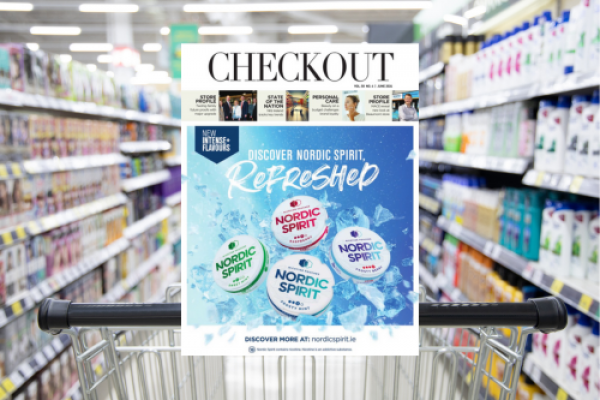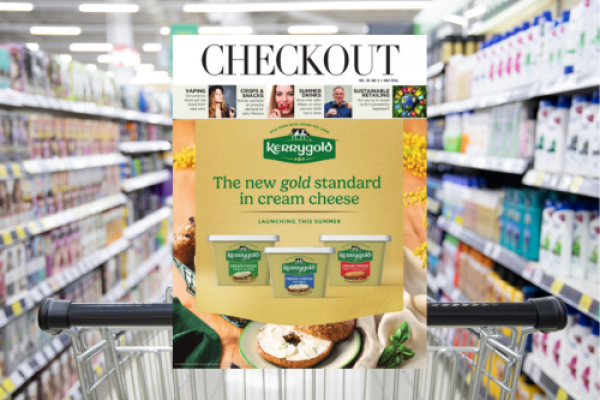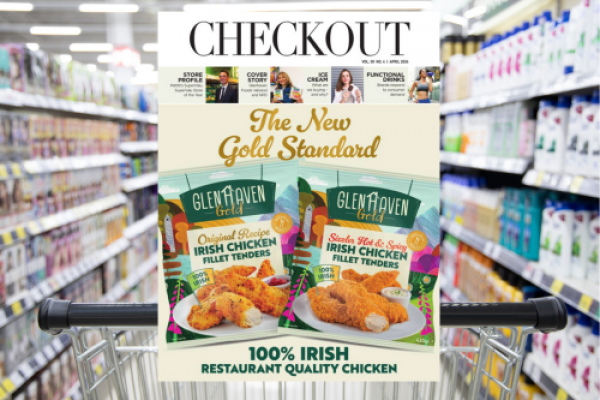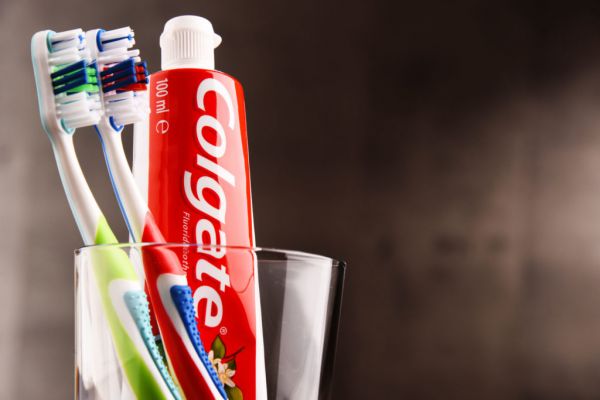New innovations in payment technology are gathering pace, however, with so many big names entering the market, the landscape may appear increasingly complex. This article appeared in Checkout magazine in April 2013.
The challenge facing retailers confronted with the digital revolution was best summed up in Interbrand’s recent Best Retail Brands 2013 report, which claimed that as retailers mobilise to address some of the wider issues around digital adoption, they are asking themselves a growing number of questions. ‘Where and how does it fit into the organization?’ the report asked. ‘How can brand development teams be reorganized and silos lowered to adopt a multichannel approach? How will the brand’s culture change in response?’
These are questions gaining increasing relevance in the Irish grocery environment, where a number of payment technology providers are lining up to enter the market. Chief among these is Visa Europe, which has commenced a major roll-out of contactless payment technology to Irish retailers, with Centra, Spar, Mace, M&S and Boots outlets among the first to use them. Visa Europe estimates that Irish consumers spend around 11.2 million minutes queuing in shops on a daily basis. Contactless payments offer an opportunity to significantly reduce that waiting time.
A Myriad Of Options
Hot on Visa Europe’s heels is MasterCard’s PayPass, which has not yet achieved penetration in Ireland, but already has a presence in 26 countries across Europe and has been adopted by retailers including IKEA, M&S and BP forecourts. Emerging too (again albeit not in Ireland) are other digital technologies such as Google Wallet, launched to much fanfare in 2011 but yet to gain traction in its US home market; a tie-up between online transaction service PayPal and checkout provider NCR; Square, a plug-in card-scanning device for smartphones; and a plethora of ‘mobile wallet’ and contactless services from financial institutions.
Yet, while the number of options available to consumers increases, so do the number of questions: Which option is best for me? What are the fundamental differences between each product? What format will gain prominence over its competitors? And this is where the difficulties emerge.
A recent KPMG survey of retail, financial services, technology and telecommunications executives in the US found that 83 per cent believe mobile payment technologies will gain widespread consumer adoption. This isn’t surprising, given the rapid pace of mobile technology. However, the difficulty is that nobody’s quite sure which format will become the benchmark. A separate study, carried out by comScore, found increasing disillusionment with the variety of ‘digital wallets’ available to consumers in the States. While 48% of respondents say that they have used PayPal, arguably the leader in the field, high-profile competitors such as Google Wallet barely registered (8%).
Irish ‘Slow Adopters’ Of Pay Technology
While payment technology is gathering pace overseas, Irish consumers are still behind much of Europe when it comes to adopting new pay channels. According to a report issued earlier this month by the Central Bank, The Usage, Cost and Pricing of Retail Payments in Ireland, Ireland has the second highest usage of cheques in Europe, the highest ATM withdrawal per capita, and we still pay out half of social welfare payments in cash. The report estimates that ‘Ireland could save up to €1 billion a year by migrating to more efficient payment instruments’.
Retail Revolution From Streamline
For retailers, the focus should be placed first and foremost on talking to your payment services provider about a system that best suits your needs. It’s very easy to get bogged down in seeking to understand the nuances of various payment technologies, and a slight wariness remains about what such investment might mean for your operation.
For example, how do you marry in-store sales channels with the growing online market? A plethora of new payment options is driving a retail revolution as the boundary between in-store and online blurs. Yet those using a combination of electronic point of sale, kiosk or web-based till systems are already ahead of the game in using technology to optimise payment processing and reduce over-the-counter queues.
Streamline (www.streamline.com/ireland) is the leading provider of card-payment processing in Europe, offering services across the entire value chain, including transaction capturing, merchant acquiring and transaction processing. Part of the WorldPay group of companies – one of the top five global players in card processing – the company has already assisted both small family-run businesses and large multinational retailers with improving their card-processing capabilities, making it easier for businesses to embrace the digital revolution.
According to Darren Wilson, Streamline’s managing director, “Customers are looking online and buying in-store, or vice versa, using click-and-collect, home delivery or simply buying over the counter. For retailers, it is no longer as easy to identify which channels are generating the most sales – so a holistic, integrated approach is vital.”
Consumer expectations are also changing when it comes to the in-store experience, such as the length of time spent queuing to pay. According to a survey commissioned by Streamline in 2012, 42% of people have complained verbally about the length of time it has taken to pay, and 16% admit to having lost their temper and regretting it later.
To truly maximise in-store sales, successful retailers need to deliver a speedy, secure and positive sales experience, utilising the methods through which their customers most wish to pay. Streamline customer Adrian Dempsey, from Homestore+More, says: “Streamline has been very proactive in communicating the latest industry trends to us, as well as offering us great insight in relation to areas such as online shopping and contactless payments. Streamline has also recently become the acquirer for our expanding online operation, giving our customers additional ways to buy and pay.”
Changing Environment
Similarly, the role of the store is changing. Physical stores are starting to act as showrooms, a collection point, a dressing room, and a point of return for online purchases. Whilst some major high-street brands have tried in-store tactics like ‘magic mirrors’, allowing customers to virtually try on clothes and accessories, others have found success with special pop-up stores or given their staff iPads to offer their customers ‘showrooming’.
In the future, Darren Wilson states that retailers should implement point-of-sale systems that allow them to mobilise their in-store staff. “There are more new point-of-sale options for retailers than ever before. New technologies now allow the full integration of card payments with existing retail point-of-sale systems, using rapid IP connectivity to authorise sale transactions in just seconds.
“And because PIN pads are linked to a store’s electronic point-of-sale system, there is no manual re-keying of transaction amounts for employees – retailers can now do more with less by using the same integrated system to take card payments as they do to manage their stock control.” For more information about Streamline, visit www.streamline.com/ireland or call 048 9044 6950.









